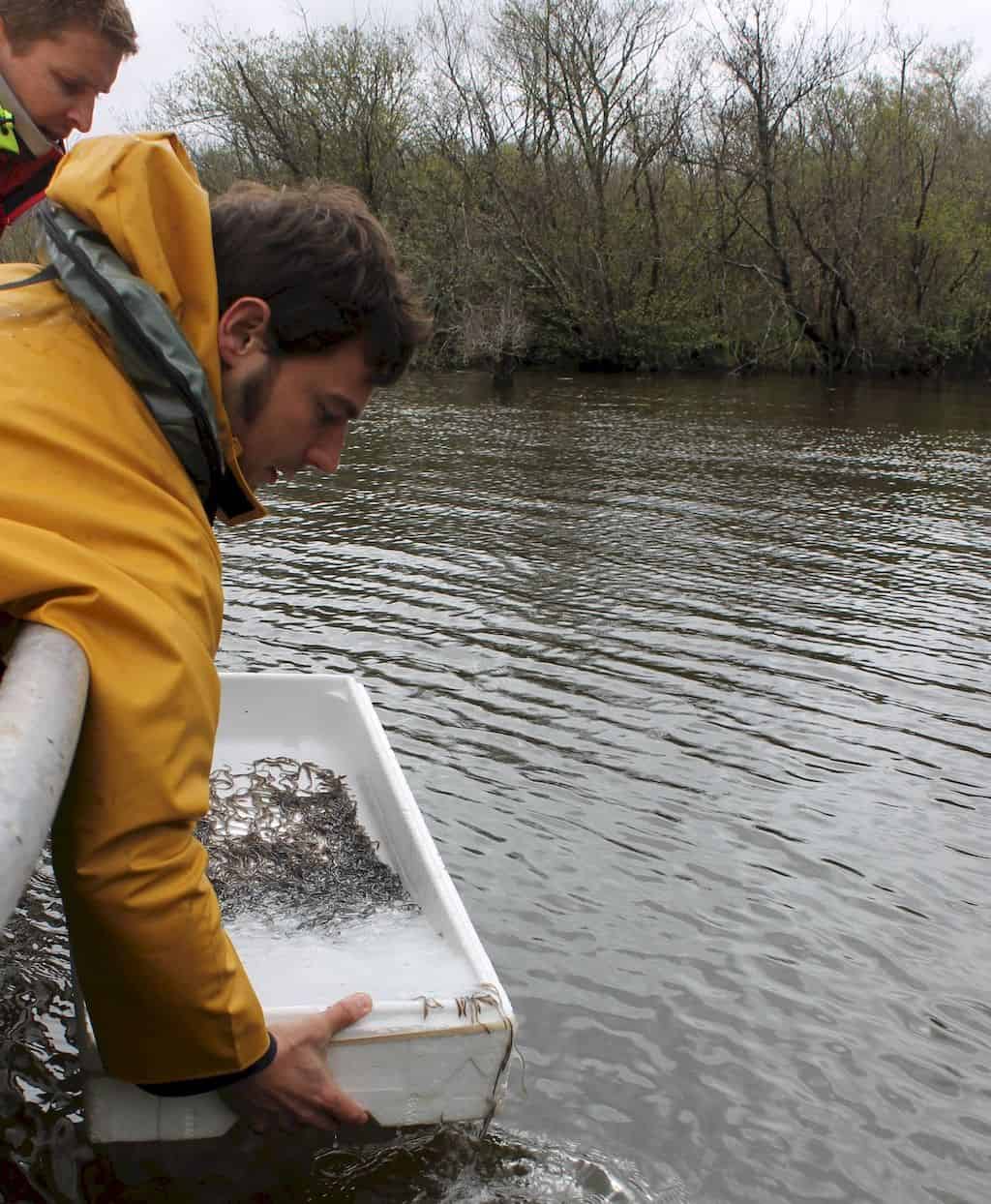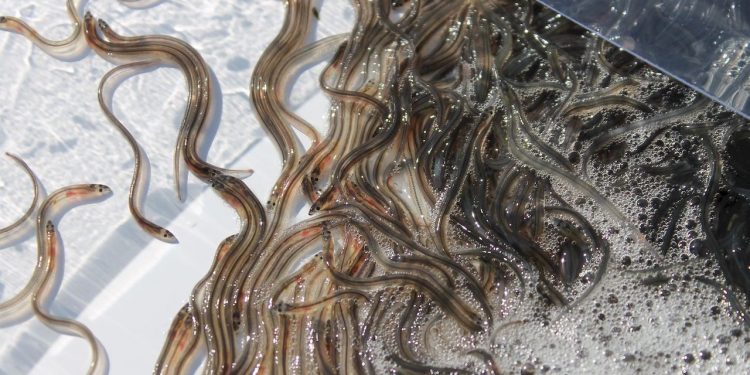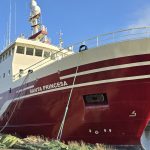The value of a long-term programme of eel restocking in France has been demonstrated by a recent study which concludes that such initiatives are an effective measure to introduce eels into sections of rivers where they are no longer present – which also indicates that the upstream areas are no longer naturally supplied by recruitment, in particular due to the number barriers to migration.
The measured growth rates relative to distance from the sea, especially in large rivers, suggests the benefit of selecting sections upstream of certain rivers.

Back in 2007, the Council of the European Union adopted a regulation setting out measures for the recovery of European eel stock and requiring each Member State to submit a management plan to safeguard the species. The measures under the French plan, applied since 2011, range from a reduction of the fishing effort, restoration of the ecological continuity of the environments, quality of the rivers, restoration of the habitats and restocking activities.
Restocking transfers glass eels from estuarine areas to the most favorable habitats, upstream of rivers. This avoids and compensates for mortality linked to breaks in continuum between sea and river, such as dams and pollution hot-spots around urban areas, which hinder the migration of eels.
By releasing glass eels in environments selected for good environmental conditions and where eels are barely present naturally, restocking aims to provide a greater benefit than natural colonisation. The only objective is to contribute to increase the number of healthy spawners returning to the sea and thus accelerating the recovery of the eel stock.
Restocking, which has been practiced for decades in northern European countries, is accompanied by rigorous scientific monitoring in France, based on a protocol defined by the National Museum of Natural History (MNHN) and the Office Française de la Biodiversité (OFB), under the co-ordination of Association pour le Repeuplement de l’Anguille en France (ARA France) and financed by the State and commercial fishing organisations.
Professional fishermen have a historical role in the implementation of this programme and are constantly providing substantial improvement work, in partnership with all skateholders, in order to improve the quality of eel populations.
60% of glass eel catches in France are reserved for restocking programmes in Europe, and 5 to 10% of total catches are intended for the French restocking programme. Between 2011 and 2021, 70 operations were carried out on the French Atlantic coast, involving a total of 28 tonnes of glass eels, which represents 88 million individual fish.
For the ten years of the restocking programme in France, an analysis of the data, financed by ARA France, was carried out by the MNHN and Fish-pass.
‘We need more studies in order to demonstrate more precisely the effects of this programme on the eel stock, nevertheless initial analyses are mentioned in the report,’ a representative of ARA France commented.
‘It indicates that the French restocking programme would allow a substantial gain in silver eel production, in comparison to a scenario without restocking activity. For example, stocked silver eels were found during their migration in the Loire in 2018 and studies in progress indicate that these stocked silver eels could contribute to 5 to 10% of the flow of eels leaving at sea to breed.’









